BE CAREFUL.
CHOOSE THE RIGHT STEPS FOR SAFETY.
When your job is keeping employees safe at great heights, our 80 years
of experience can help, including the ABC & Rs of fall protection.*

Quick Tips
Video Series
A
fall protection education
ABC & Rs OF FALL PROTECTION



Shock-Absorbing Lanyards or Self-Retracting Devices

Calculate Your Fall Clearance
B: Body Wear
Lorem ipsum dolor sit amet, consectetur adipiscing elit, sed do eiusmod tempor incididunt ut labore et dolore magna aliqua. Ut enim ad minim veniam, quis nostrud exercitation ullamco laboris nisi ut aliquip ex ea commodo consequat.
• Lorem ipsum dolor sit amet,
• Lorem ipsum dolor sit amet.
• Lorem ipsum dolor sit amet.
• Lorem ipsum dolor sit amet.
learn more >
EXPLORE
OUR CT45XP >


B: Body Wear
The personal protective equipment worn by the worker (Ex: full-body harness)
ABC & Rs OF FALL PROTECTION

B: Body Wear
Lorem ipsum dolor sit amet, consectetur adipiscing elit, sed do eiusmod tempor incididunt ut labore et dolore magna aliqua. Ut enim ad minim veniam, quis nostrud exercitation ullamco laboris nisi ut aliquip ex ea commodo consequat.
• Lorem ipsum dolor sit amet,
• Lorem ipsum dolor sit amet.
• Lorem ipsum dolor sit amet.
• Lorem ipsum dolor sit amet.
learn more >
C: Connecting
Device
• Only form of body wear acceptable for fall arrest is the full-body harness
• Should be selected based on work to be performed and the work environment
• Side and front D-rings are for positioning only
C:
Connecting device
The critical link which joins the body wear to the anchorage/anchorage connector
• Potential fall distance must be calculated to determine type of connecting device to be used. Typically:
• Under 18.5 ft [5.6 m], use a self-retracting lifeline/fall limiter
• Over 18.5 ft [5.6 m], use a shock-absorbing lanyard or self-retracting lifeline/fall limiter
• Should be selected based on work to be performed and the work environment
• Shock-absorbing lanyards can expand up to 3.5 ft [1.1 m] when arresting a fall
• Attach lanyards to the harness back D-ring only
• Never tie a knot in any web lanyard – it reduces the strength by 50%
In a personal fall arrest system, body wear is the full-body PPE a worker wears based on the job he or she performs.
Help workers move securely with a snug, properly fitting full-body harness that supports the chest, thighs, hips, back and shoulders. This PPE solution helps keep workers safe at heights without restricting necessary movements.
The connecting device is the critical link that joins body wear to the anchorage and anchorage connector.
The connecting device must be selected carefully to help absorb force, reduce fall distance, manage energy loads and meet fall clearance requirements. These devices include shock-absorbing lanyards, fall limiters, self-retracting lifelines and rope grabs.
Phase 1: No Product
calculate your fall clearance
Take the guesswork out of worker safety with our fall clearance calculator, an anytime-anywhere tool that helps determine which connecting device is best suited for operations requiring at-height work. Enter variables associated with each job or operation to find the fall clearance, which can then be used to select either a shock-absorbing lanyard or self-retracting lifeline.

try calculator
quick tips
Workers near the edge should have the edge. We can give it to you. In addition to proven fall-protection solutions, we provide resources that help further workers’ on-the-job knowledge of how to remain safe, compliant and efficient at heights. We put our 75 years of experience into webinars, e-guides, whitepapers and more to help answer your questions, keep you apprised of changes to safety standards and protect every worker.



ABC & Rs OF FALL PROTECTION

B: Body Wear
Lorem ipsum dolor sit amet, consectetur adipiscing elit, sed do eiusmod tempor incididunt ut labore et dolore magna aliqua. Ut enim ad minim veniam, quis nostrud exercitation ullamco laboris nisi ut aliquip ex ea commodo consequat.
• Lorem ipsum dolor sit amet,
• Lorem ipsum dolor sit amet.
• Lorem ipsum dolor sit amet.
• Lorem ipsum dolor sit amet.
learn more >
R: Rescue
The personal protective equipment worn by the worker (Ex: full-body harness)
The critical link which joins the body wear to the anchorage/ anchorage connector
• Potential fall distance must be calculated to determine type of connecting device to be used. Typically:
• Under 18.5 ft [5.6 m], use a self-
retracting lifeline/fall limiter
• Over 18.5 ft [5.6 m], use a shock-
absorbing lanyard or self-retracting
lifeline/fall limiter
• Should be selected based on work to be
performed and the work environment
• Shock-absorbing lanyards can expand up
to 3.5 ft [1.1 m] when arresting a fall
• Attach lanyards to the harness back D-
ring only
• Never tie a knot in any web lanyard – it
reduces the strength by 50%
Take action swiftly and safely if
an injury, hazard or unpredictable event leads to an on-site rescue with our comprehensive rescue training.
Authorized and competent rescuers must ensure speed, support and safety during on-site rescue. An authorized rescuer can perform and assist with emergency operations. A competent rescuer, in addition to helping during ongoing emergencies, helps develop procedures and actively identifies risks during ongoing missions. All working-at-height teams need both rescue positions to help minimize risks and dangers.
• Only form of body wear acceptable for fall arrest is the full-body harness
• Should be selected based on work to be performed and the work environment
• Side and front D-rings are for positioning only

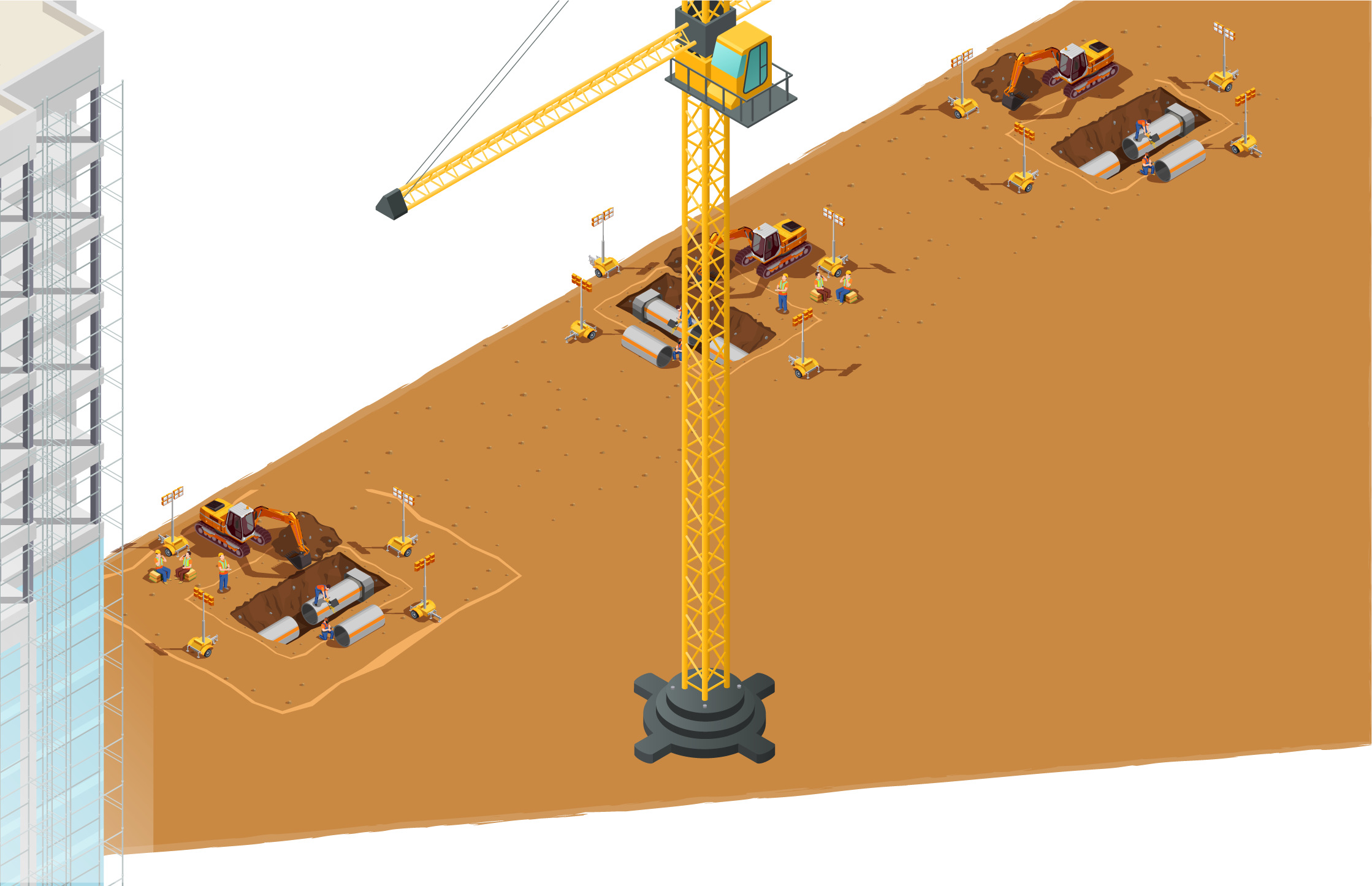





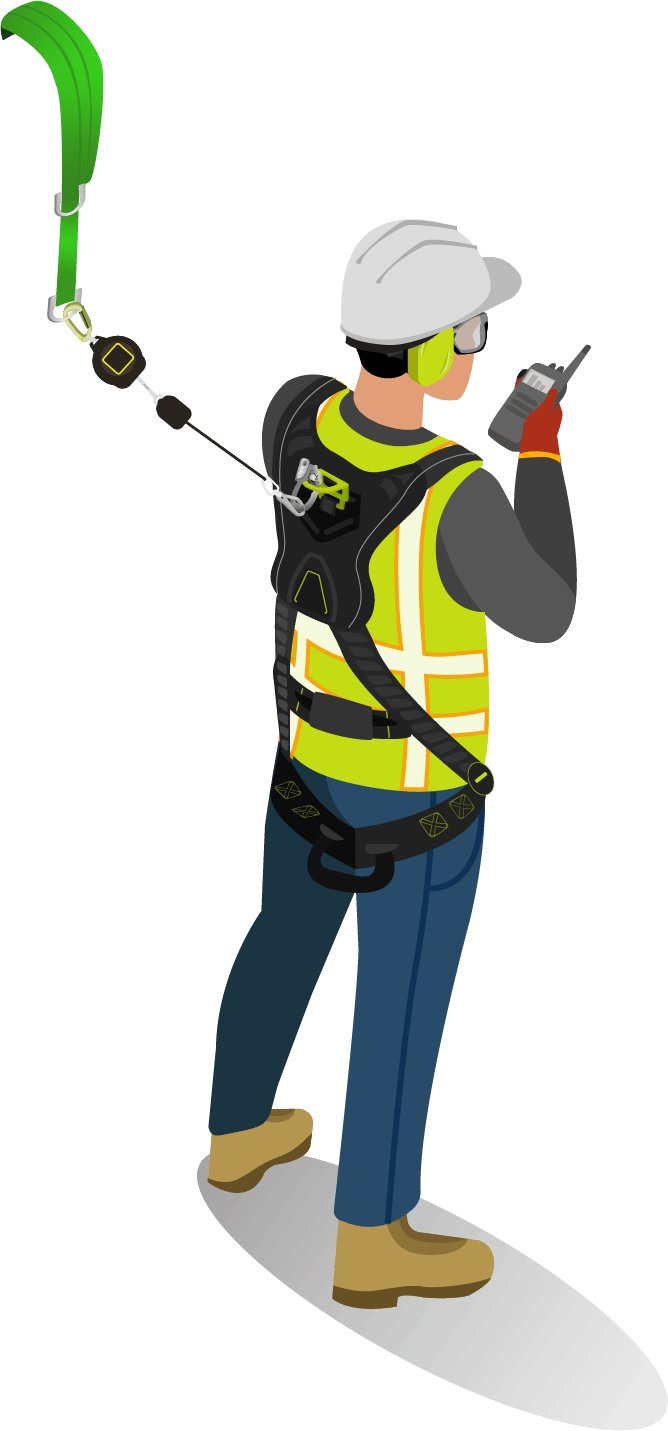
c
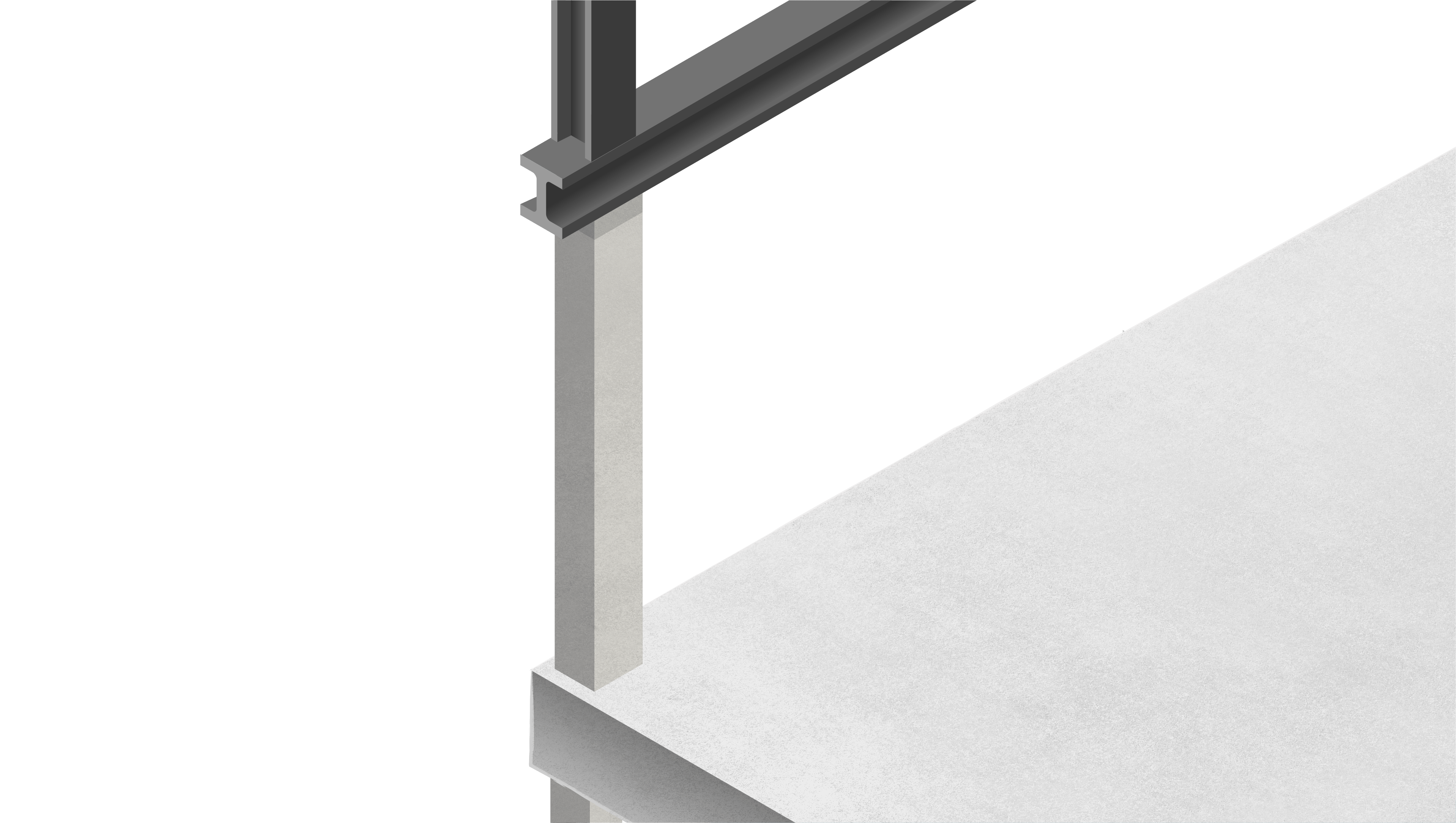


B

R



Download the Miller Fall Clearance app to learn more.
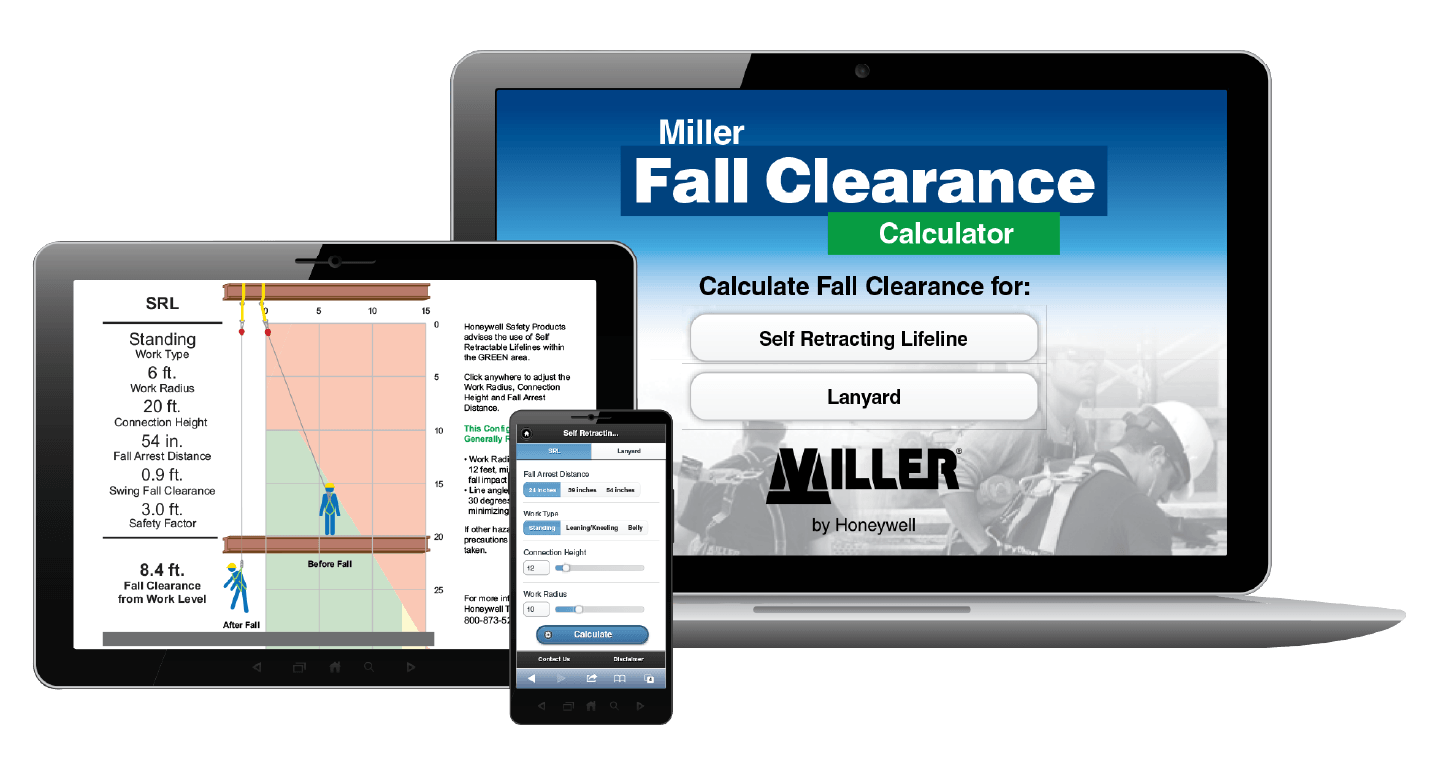
learn more







anchor
rescue
connecting device
body wear
ABCs Houston Video
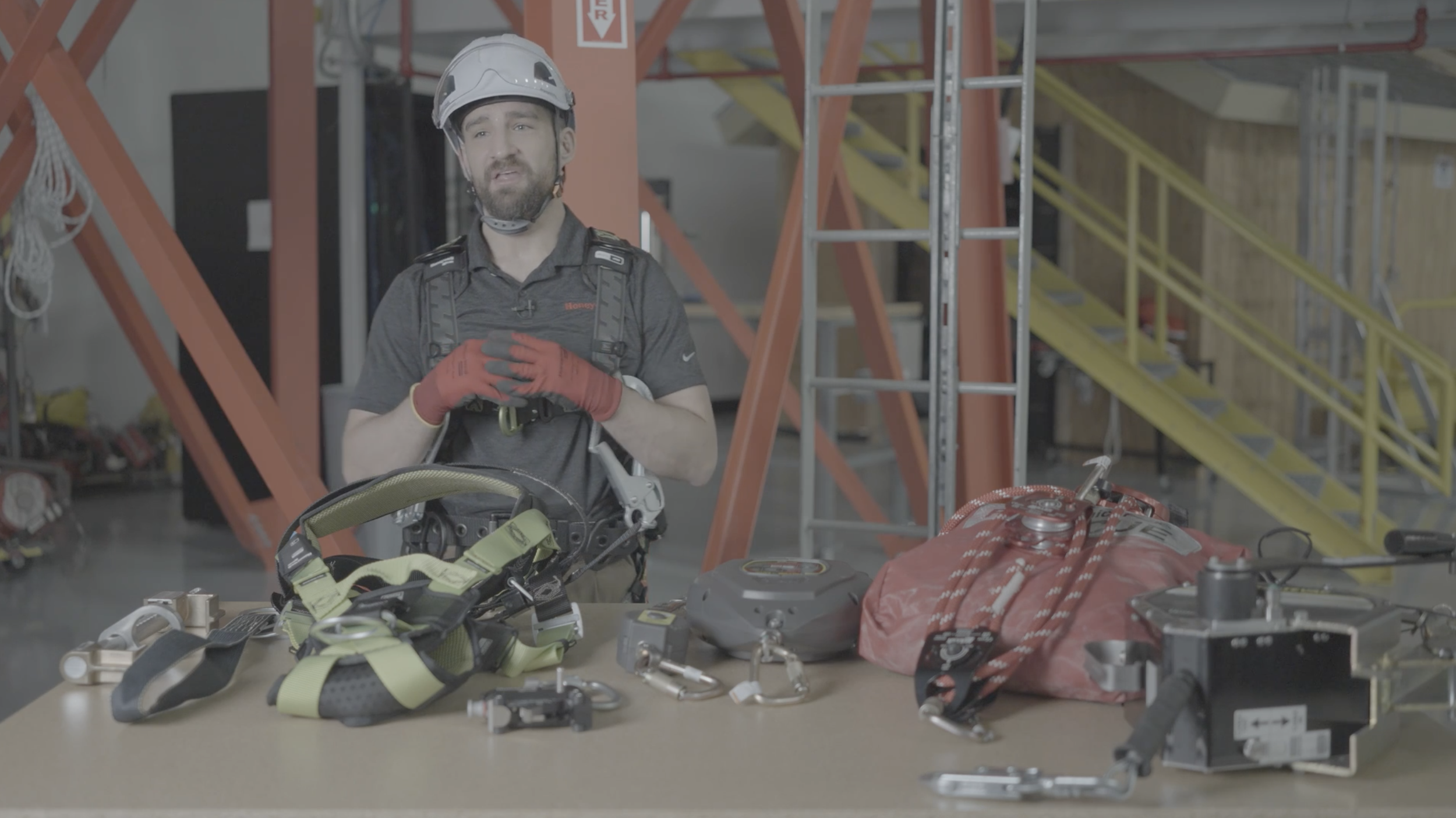


The only form of body wear acceptable for fall arrest is the full-body harness
Select a full-body harness based on the job and the work environment
Different full-body harness D-ring configurations are available based on use and work application
Calculate potential fall distance to determine the optimal connecting device
Help increase safety and freedom of movement for proper positioning with minimal risk
quick tips

We have your back. To address your concerns, discuss safety regulations and help you protect your workforce, in addition to our proven fall-protection solutions, we have 80 years of knowledge available to you in the form of whitepapers, webinars, e-guides and more. The safety support you can depend on.
contact us


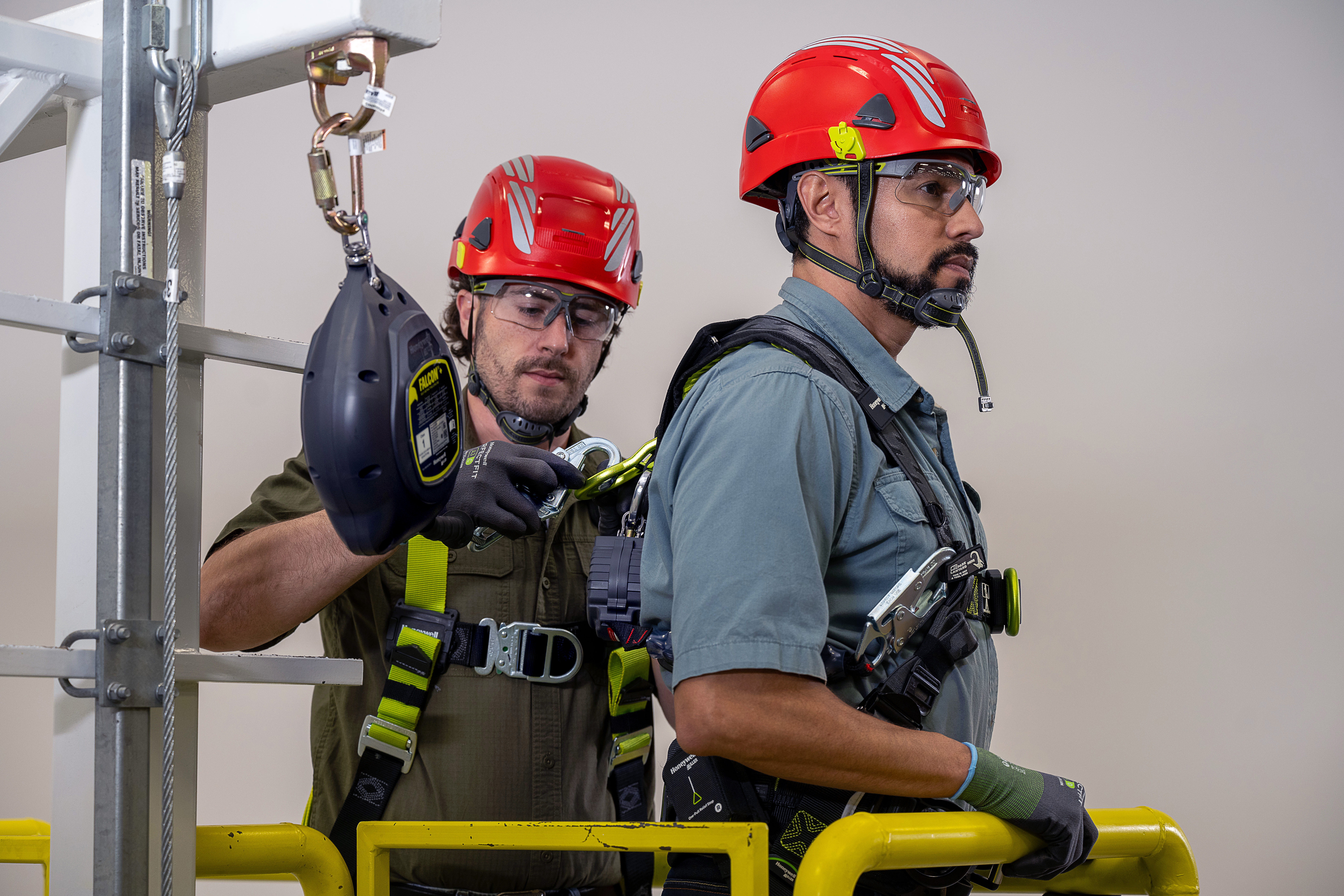
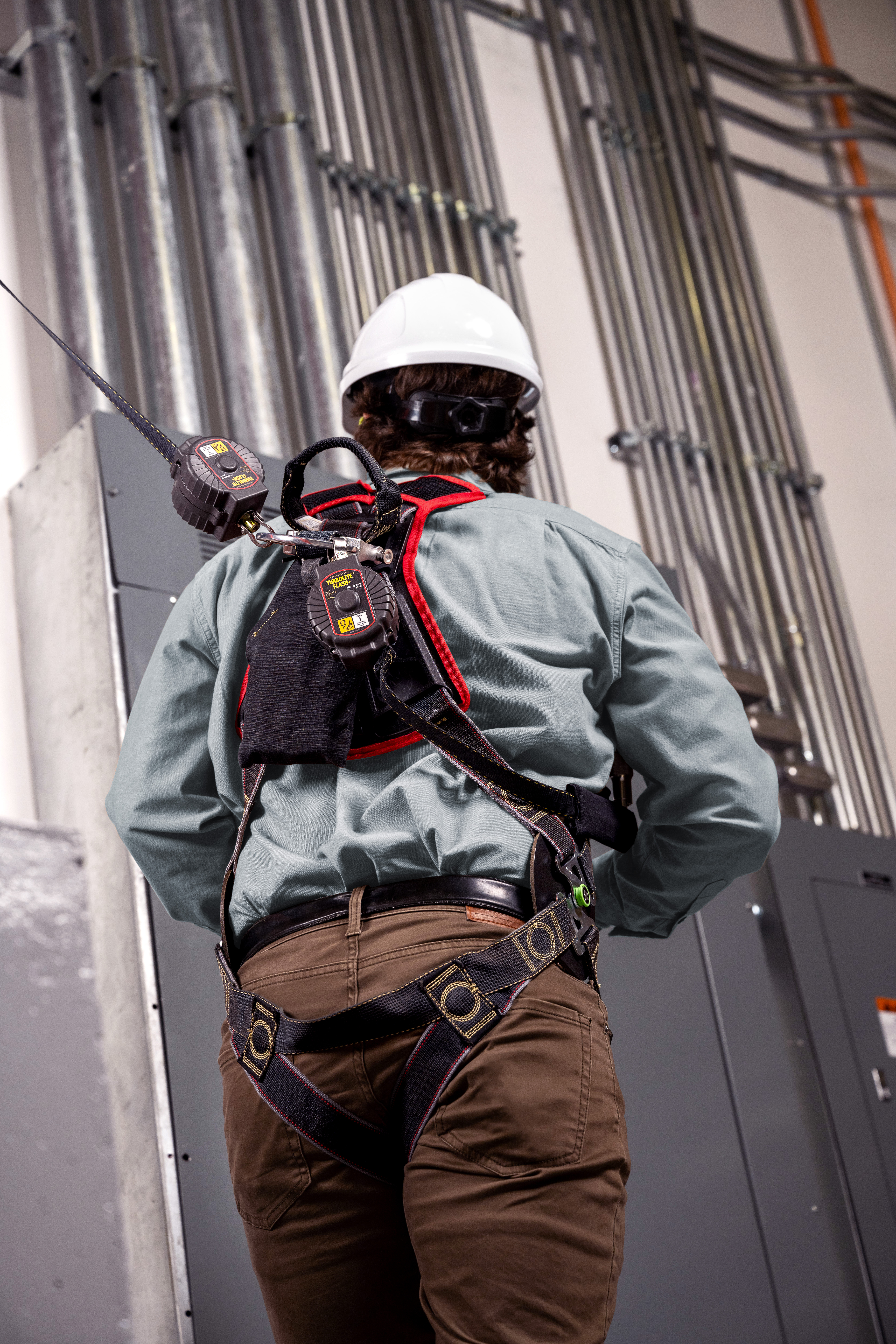
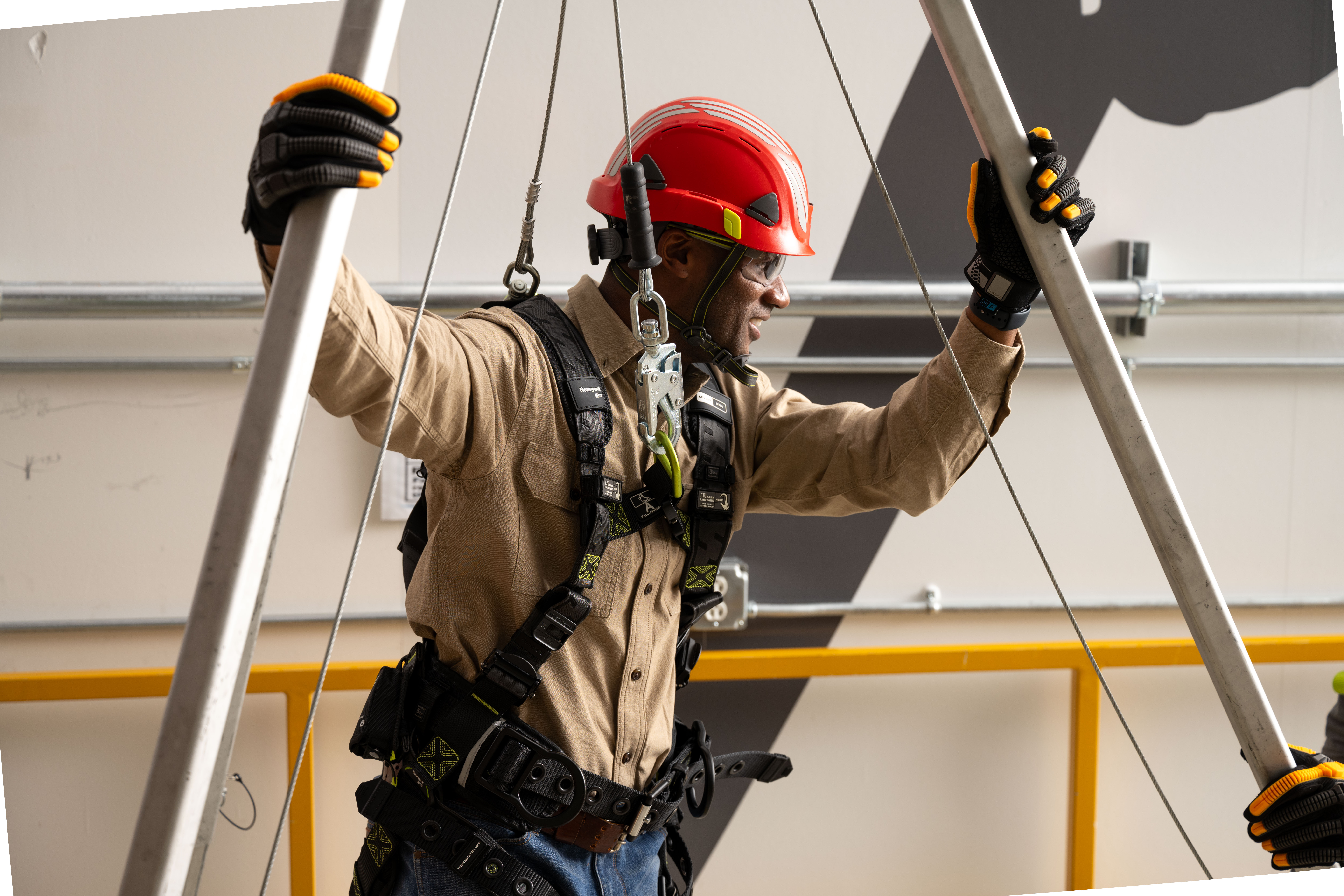





Safety Training

*Proper selection, maintenance, care, cleaning and replacement of fall protection products are the responsibility of the end user.

ABC & Rs OF FALL PROTECTION

B: Body Wear
Lorem ipsum dolor sit amet, consectetur adipiscing elit, sed do eiusmod tempor incididunt ut labore et dolore magna aliqua. Ut enim ad minim veniam, quis nostrud exercitation ullamco laboris nisi ut aliquip ex ea commodo consequat.
• Lorem ipsum dolor sit amet,
• Lorem ipsum dolor sit amet.
• Lorem ipsum dolor sit amet.
• Lorem ipsum dolor sit amet.
learn more >
A: Anchorage/ Anchorage Connector
Arresting falls starts at the anchorage, the tie-off point that helps protect workers using strength, stability and support.
Anchorage: Commonly referred to as a tie-off point (Ex: I-beam, rebar, scaffolding, lifeline, etc.).
Anchorage Connector: Used to join the connecting device to the anchorage
(Ex: cross-arm strap, beam anchor, D-bolt, hook anchor, etc.)
• Anchorages must be capable of supporting 5,000 pounds (22kN) of force per worker
• Must be high enough for a worker to avoid contact with a lower level should a fall occur
• The anchorage connector should be positioned to avoid a “swing fall”
If a worker falls from height, the anchorage and anchorage connector can help stop the worker’s motion quickly, which helps prevent fall-related injuries. Anchorage points include I-beams, rebar and scaffolding; connectors include beam anchors, cross-arm straps, D-bolts, etc.
Anchorages must support 5,000 pounds (22kN) of force per worker
Should a fall occur, these components should be placed high enough for a worker to avoid accidental contact with various objects
Position anchorage connectors properly to avoid “swing falls”
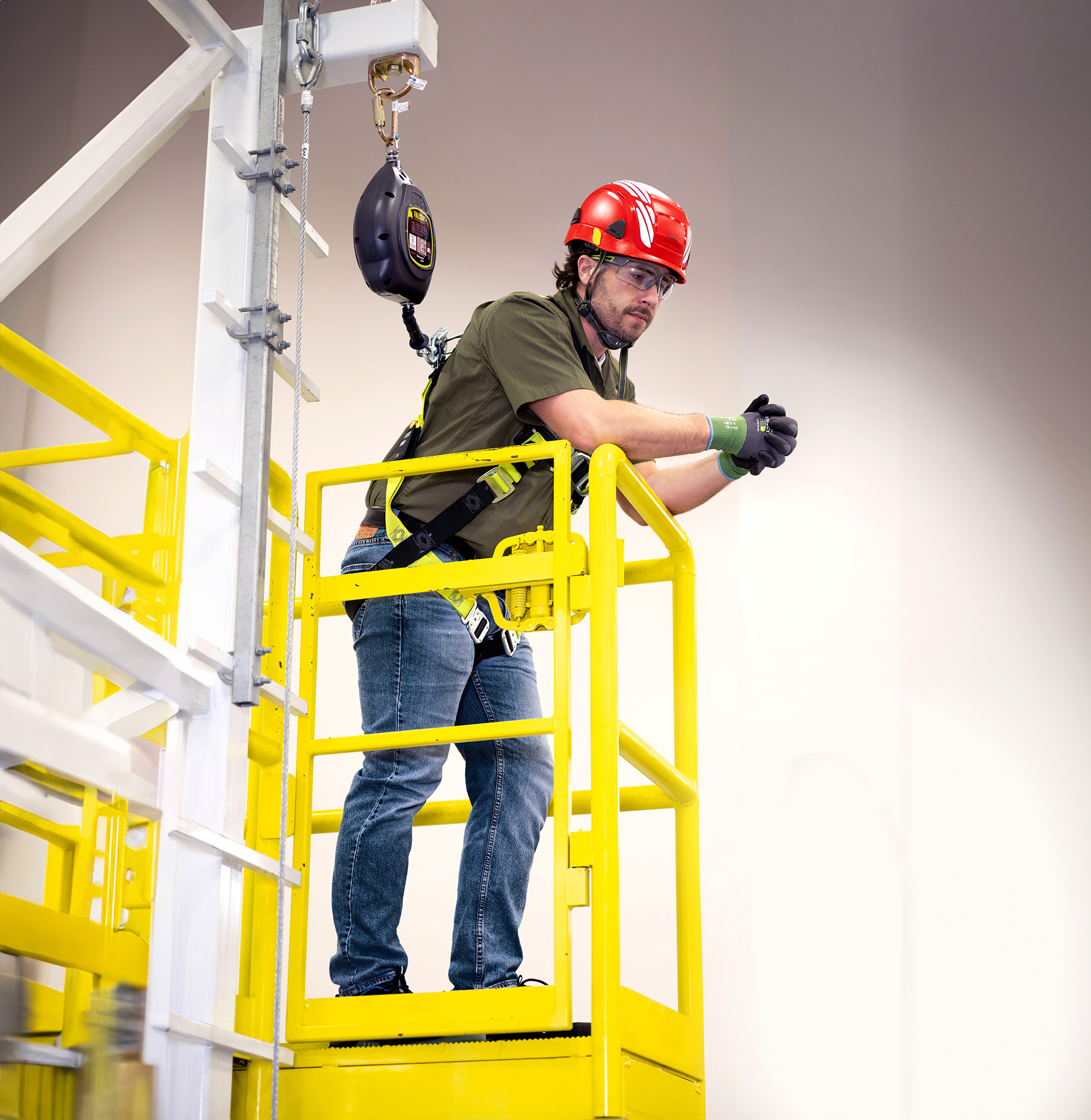
Adjustable and fixed-beam anchors connect to various I and H beam flanges (3"-24" wide), maximizing safety, mobility and productivity
Miller® Shadow™ Beam
Secure connecting devices to anchorage points with this ½-inch diameter bolt anchor with a lock washer and nut
Miller® D-Bolt Anchor
Our various, versatile roof anchors offer solutions for restraint, positioning, fall arrest and lifeline applications
Miller® Temporary Roof Anchors
Make a connection quickly and easily using this reusable, lightweight cross-arm connector that’s available with a D-ring
Miller® Titan™ Cross-Arm Strap
This pre-engineered Overhead Rotational Boom Anchor system has patented energy-absorbing technology, can be transported easily and provides safe anchorage
Miller® SkyORB™
Designed for work near a leading edge, this highly functional connector is freestanding with a mobile overhead anchor point
Miller® Edge™ Anchor
Shock-Absorbing Lanyards
Self-Retracting Lifelines
Self-Retracting Lifelines
The EI6 is a smart electronic index for Honeywell residential and commercial diaphragm gas meters using NBIOT communication. With advanced diagnostics, anti-tampering features, maintenance-free design, valve support and more, the EI6 enables secure data exchange
and protected communication using an open protocol (DLMS/Cosem).

Electronic Index EI6 meter
learn more on honeywell.com >
Lorem ipsum dolor sit amet, consectetur adipiscing elit, sed do eiusmod tempor incididunt ut labore et dolore magna aliqua. Ut enim ad minim veniam, quis nostrud exercitation ullamco laboris nisi ut aliquip ex ea commodo consequat.
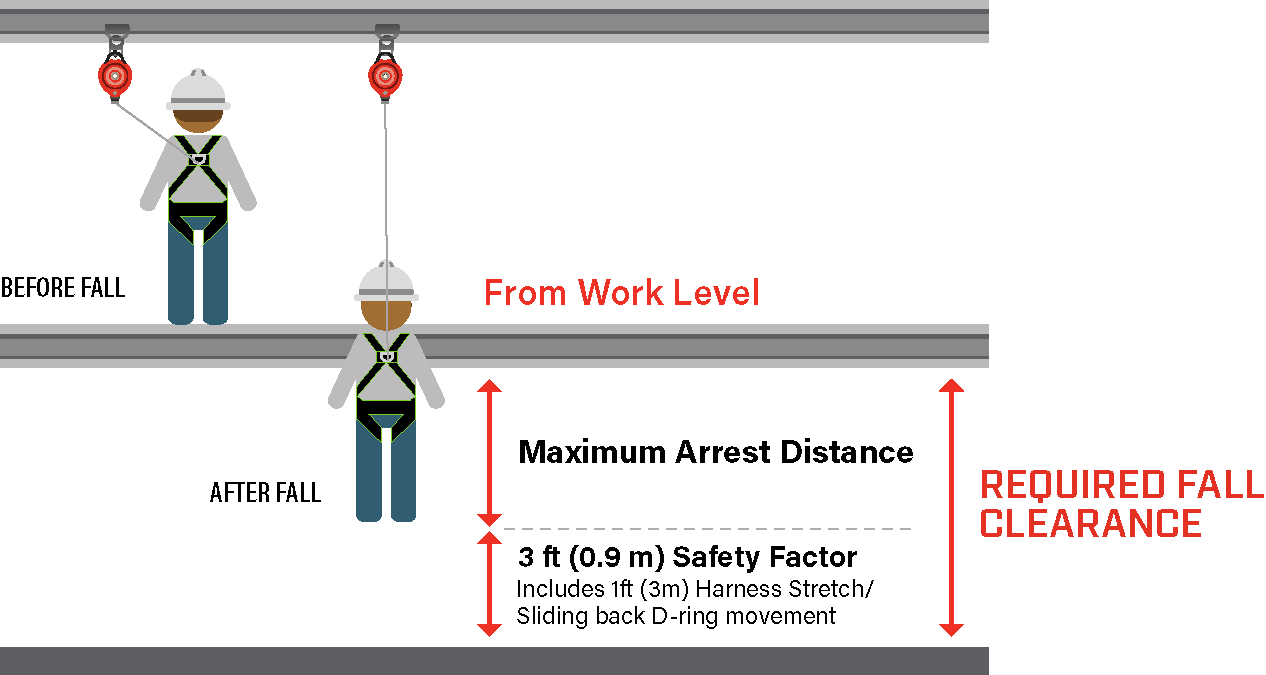
FPO
self-retracting lifelines
Selecting the right connecting device increases the efficacy and safety of a personal fall arrest system. When a potential fall distance is under 18.5ft (5.6m), a self-retracting lifeline or personal fall limiter should connect the body wear to the anchorage/anchorage connectors. Self-retracting lifelines have fast fall arrest capabilities and automatically maintain tension in the event of a fall.
self-retracting lifelines
learn more >
see our product selection
Diagram showing D-Bolt Anchorage Connector
learn more >
Shock-Absorbing Lanyards
Selecting the right connecting device increases the efficacy and safety of a personal fall arrest system. When a potential fall distance is over 18.5ft (5.6m), a shock-absorbing lanyard should connect the body wear to the anchorage/anchorage connectors. Shock-absorbing lanyards have a flexible line and mechanisms that help absorb the shock of a potential fall.
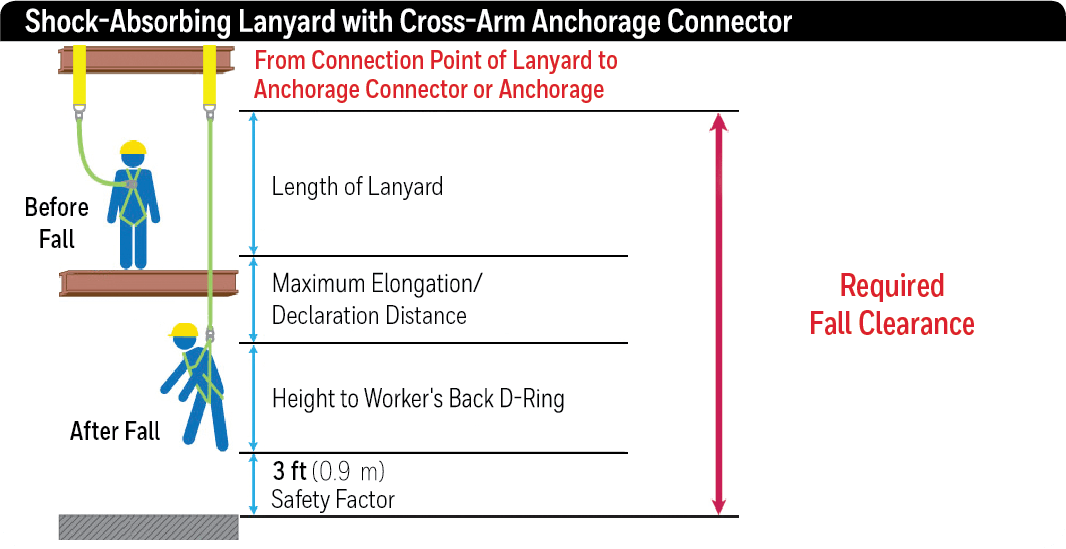

FPO
Shock-Absorbing Lanyards
see our product selection
Diagram showing Cross-Arm Anchorage Connector
learn more >
read case study >




2/2

1/2

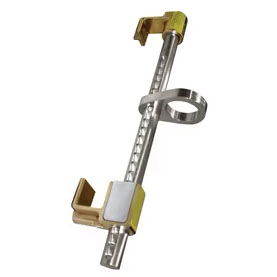
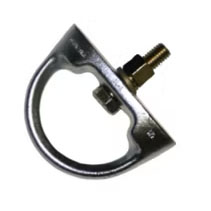
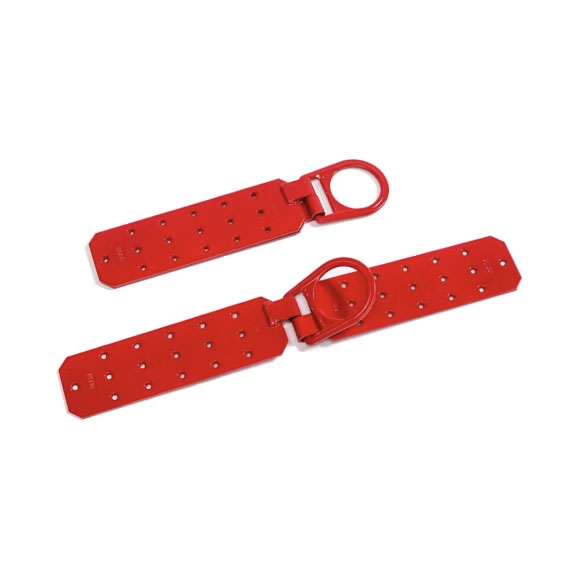
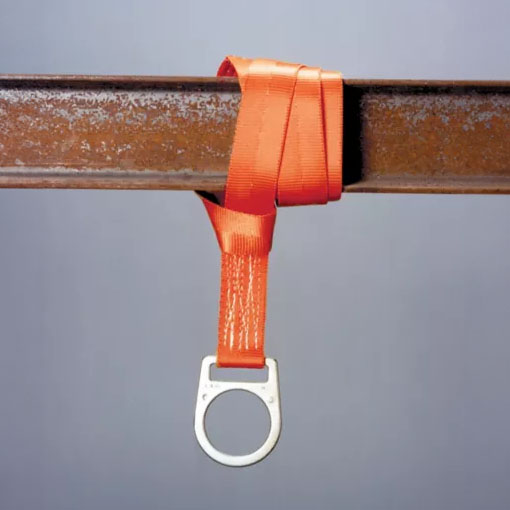
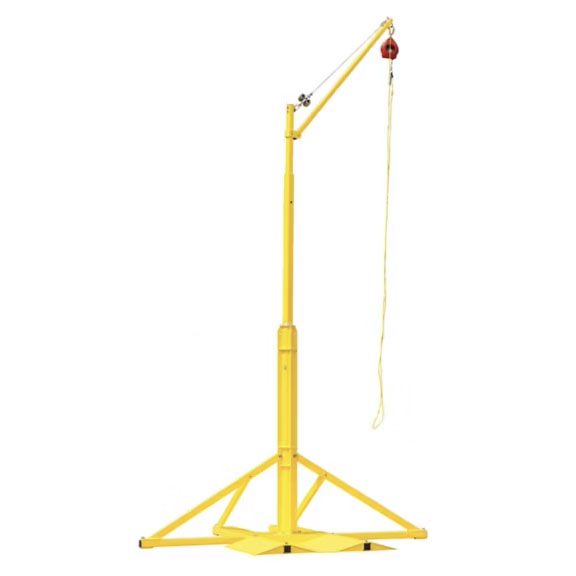
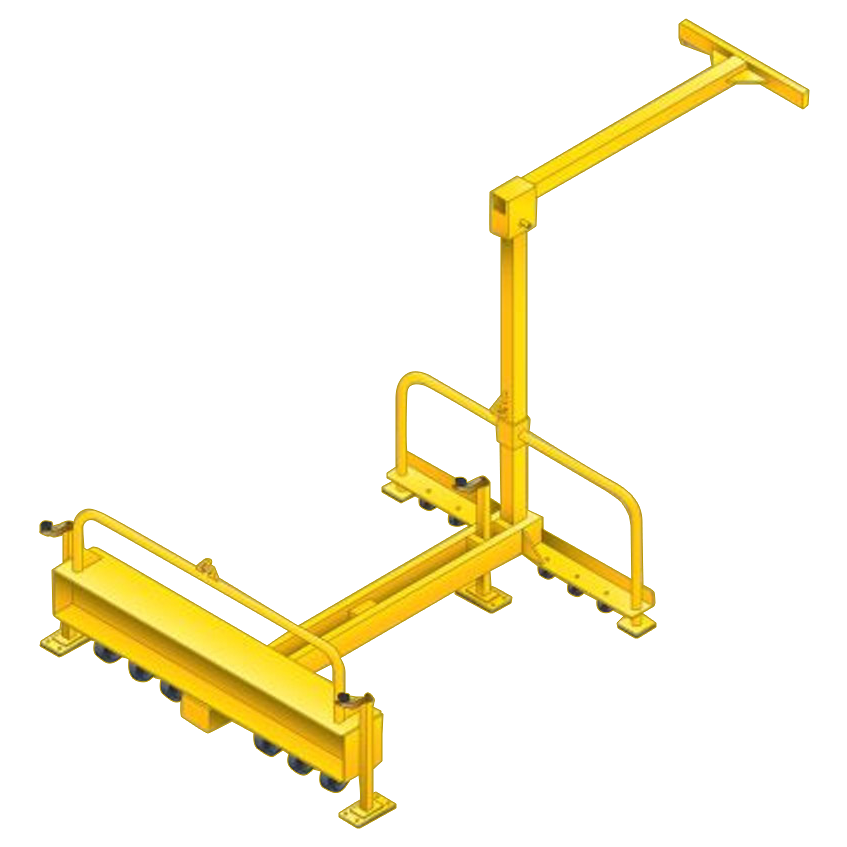
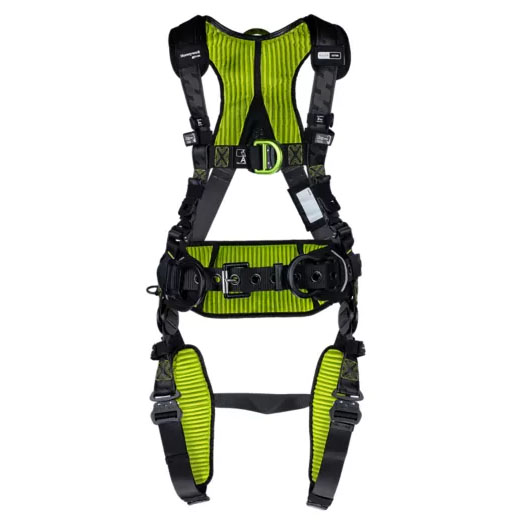
A configurable leg-start design and rotative belt are two of the many features that make this harness ergonomic and effective
Miller® H700 Harness

Part of the extensive AirCore product family, this lightweight harness maintains comfort during climbs, descents and rescue tasks
Miller® AirCore™ Harness
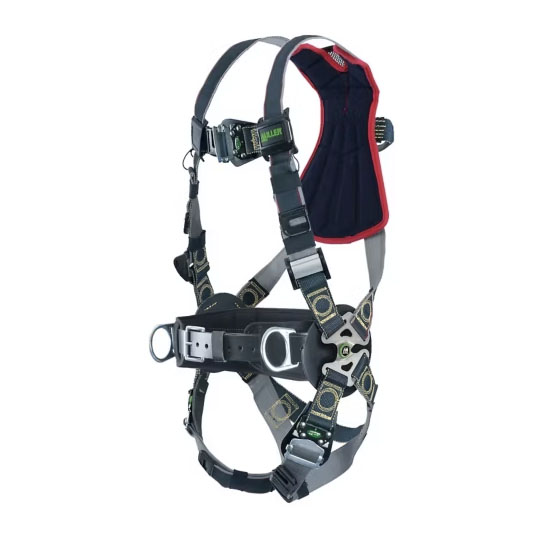
Help protect workers from falls caused by electric arc flash and arc-blast exposure when working at height
Miller® Revolution Arc Rated Harness
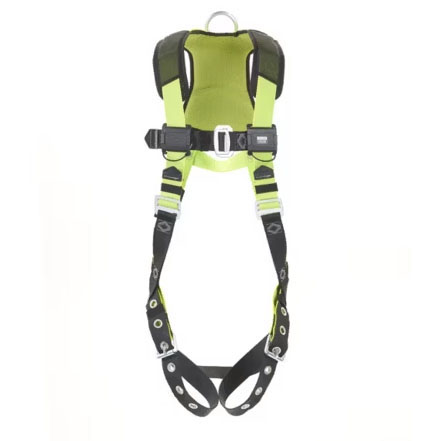
Best-in-class padding and breathability keep workers comfortable while fall-impact protection helps keep them safe
Miller® H500 Harness

Meet common fall protection needs with this general industry-compliant harness and its maximum weight capacity of 400 lbs
Miller® H100 Harness
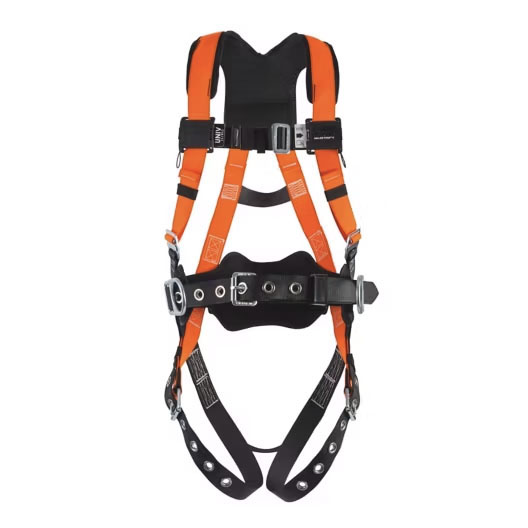
Lighter, strategically placed padding provides optimal airflow and easier vertical adjustability while working at heights
Miller® Titan™ II Non-Stretch Harness
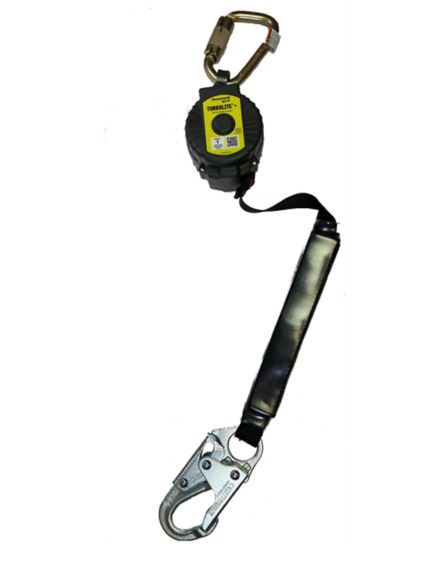
This newly designed personal fall limiter helps reduce fall clearance requirements, with many length and connection options available
Miller®
TurboLite™+ Web
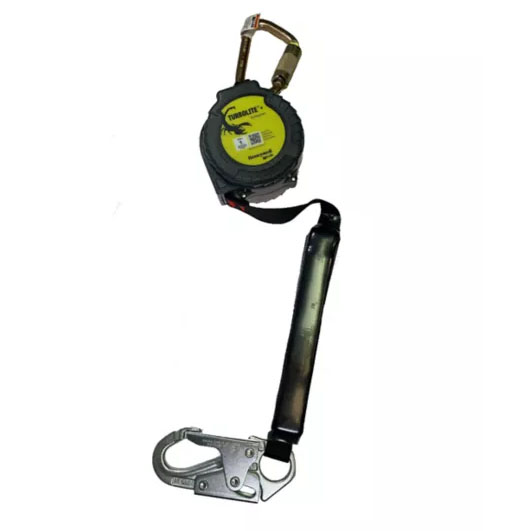
This fall PPE can be used as a personal fall limiter or as a traditional self-retracting lifeline for workers up to 420 lbs
Miller® TurboLite™+ Scorpion Web
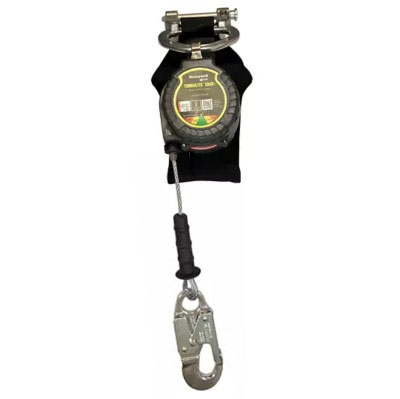
When work near edges is required, this solution helps deliver safety and assurance in a durable but lightweight design
Miller®
TurboLite™+
Edge Cable
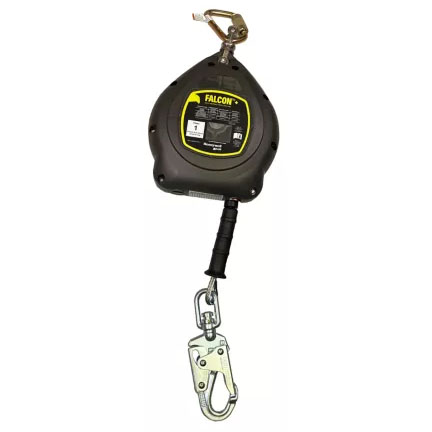
With impact-resistant nylon housing and corrosion-resistant stainless steel, this durable harness meets all-new global standards
Miller® Falcon™+ Cable
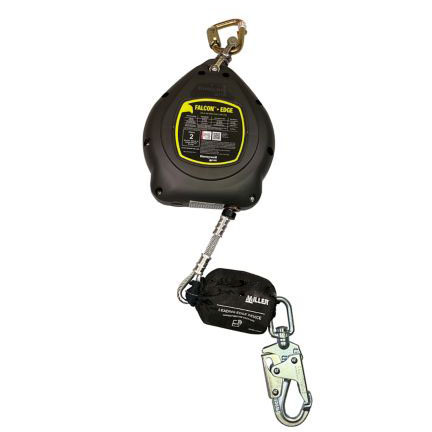
Experience edge protection for all working-at-height situations with this self-retracting lifeline that helps absorb fall forces
Miller® Falcon™+ Edge Cable
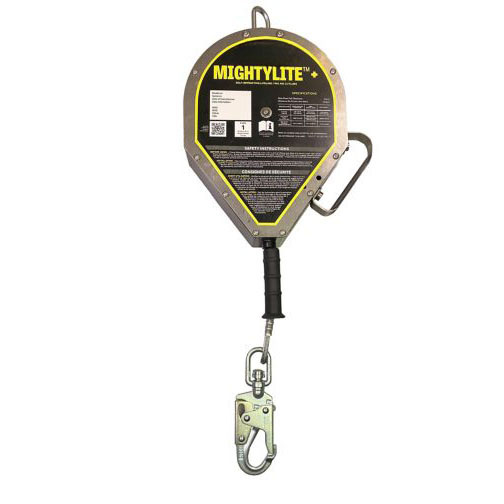
These self-retracting lifelines have an increased weight rating, various lanyard connections and are available in many lengths
Miller® MightyLite™+ Cable
This PPE solution includes a quick-acting retrieval mechanism for emergency evacuation, especially in confined spaces
Miller® MightEvac™+
Self-Retracting Lifeline
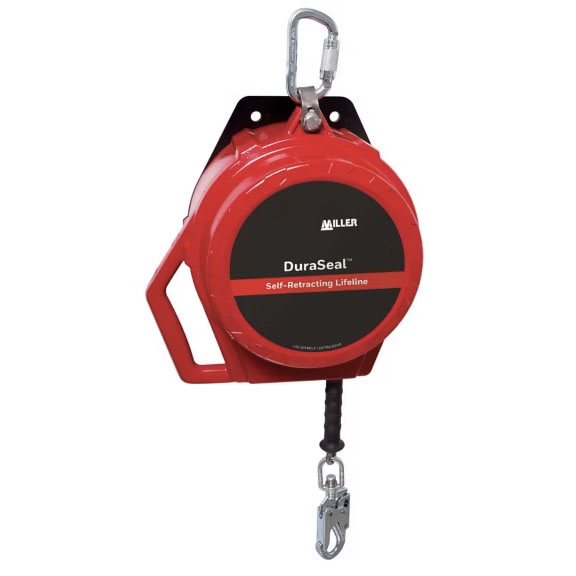
This self-retracting lifeline can withstand multiple falls, reduce wearer fatigue and perform in harsh environments
Miller® Duraseal™+ Cable
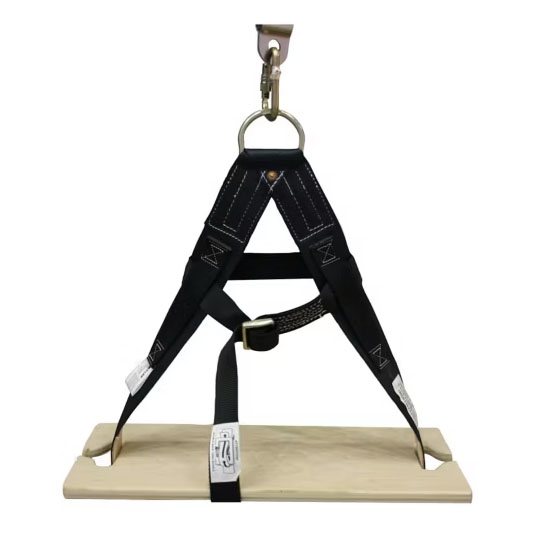
For a smooth, controlled descent from an elevated position, this device puts speed and stability in workers’ hands
Miller® Descent Device

An out-of-the-bag solution, this kit delivers efficiency, promptness and safety during stressful peer-rescue situations
Miller® QuickPick™ Rescue Kit
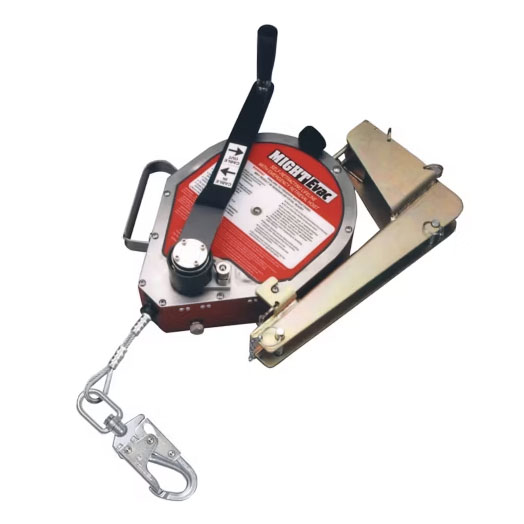
For emergency evacuation, this convenient solution promotes quick and easy rescuing with a 4:1 mechanical advantage
Miller® MightEvac™ Rescue Retrieval Cable
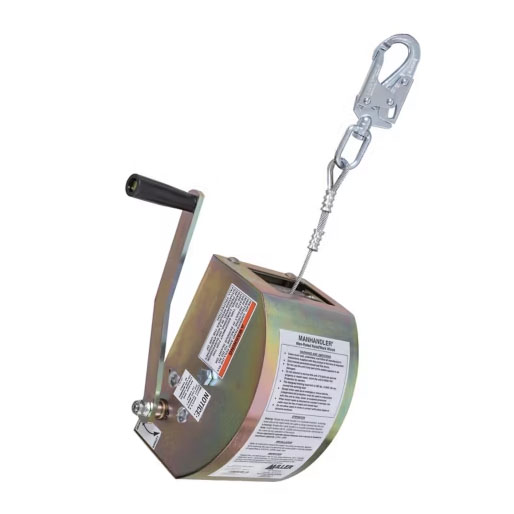
This steel-constructed PPE with a built-in mounting bracket can be used for rescues, positioning and personnel/material handling
Miller® ManHandler™ Hoist/Winch
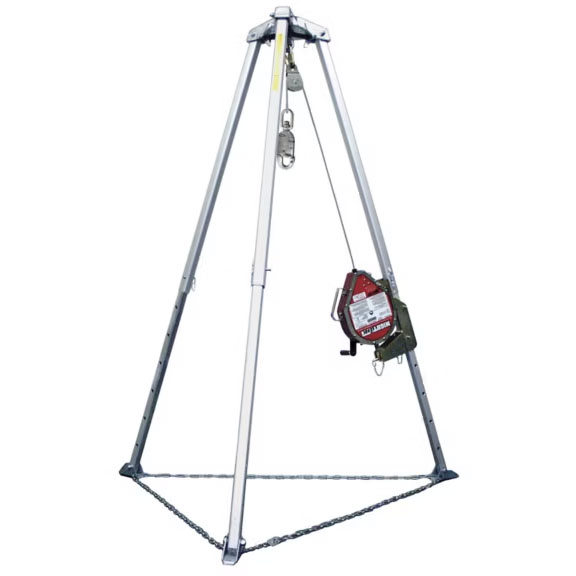
7-ft and 9-ft models with high-strength aluminum construction are available for confined space and rescue applications
Miller® tripod
How To Properly �Don a Harness
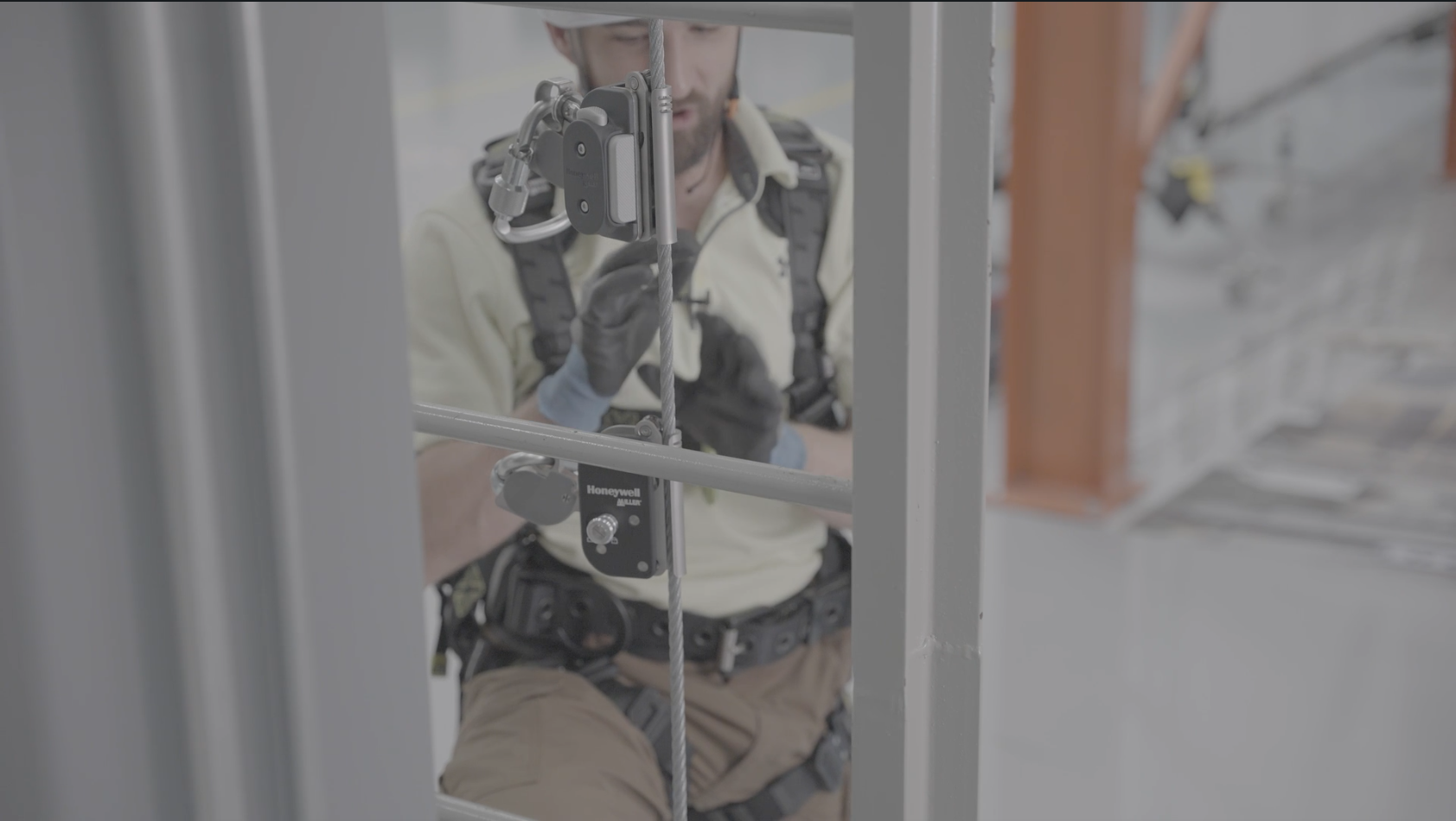
Miller® Söll VC510 & VC570 Fall Arresters
Explore our guided-type fall arresting solutions, the VC510 and VC570 ladder climbing/vertical cable systems, with this video that teaches workers how to disengage and reattach each to vertical wire cables. Also, view how they provide fall protection when connected to a sternal D-ring on a full-body harness.
In the event of a slip, trip or fall during an ascent or descent, GlideLoc® Vertical Rail Systems VR650 and VR670 will lock into place to help prevent fall-related injuries. This solution can also be removed and reattached to a ladder system in two different and unique ways, providing workers with greater flexibility and safety.
Miller® Söll VR670 GlideLoc System
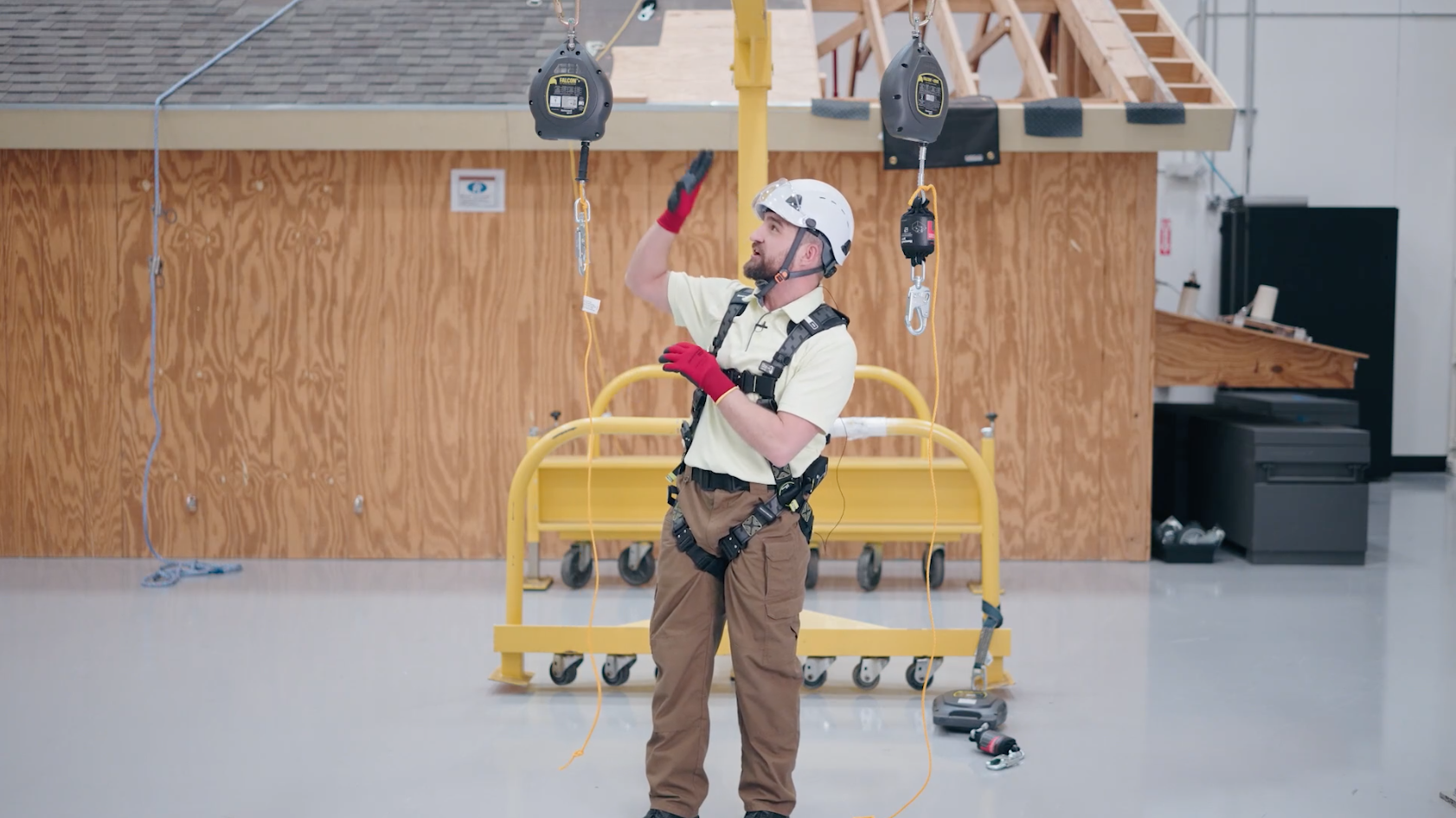
When safety standards change, we make sure our PPE solutions are always compliant. That’s why we upgraded the Falcon+ and Falcon+ Edge self-retracting lifelines to meet Class 1 and Class 2 ANSI requirements, respectively. Understand the differences between these two solutions and when each should be used in this quick, informative video.
Miller® �Falcon+ Series


The personal protective equipment worn by the worker (Ex: full-body harness)
The critical link which joins the body wear to the anchorage/ anchorage connector
• Potential fall distance must be calculated to determine type of connecting device to be used. Typically:
• Under 18.5 ft [5.6 m], use a self-
retracting lifeline/fall limiter
• Over 18.5 ft [5.6 m], use a shock-
absorbing lanyard or self-retracting
lifeline/fall limiter
• Should be selected based on work to be
performed and the work environment
• Shock-absorbing lanyards can expand up
to 3.5 ft [1.1 m] when arresting a fall
• Attach lanyards to the harness back D-
ring only
• Never tie a knot in any web lanyard – it
reduces the strength by 50%
More videos


This PPE solution includes a quick-acting retrieval mechanism for emergency evacuation, especially in confined spaces
Miller® MightEvac™+
Self-Retracting Lifeline